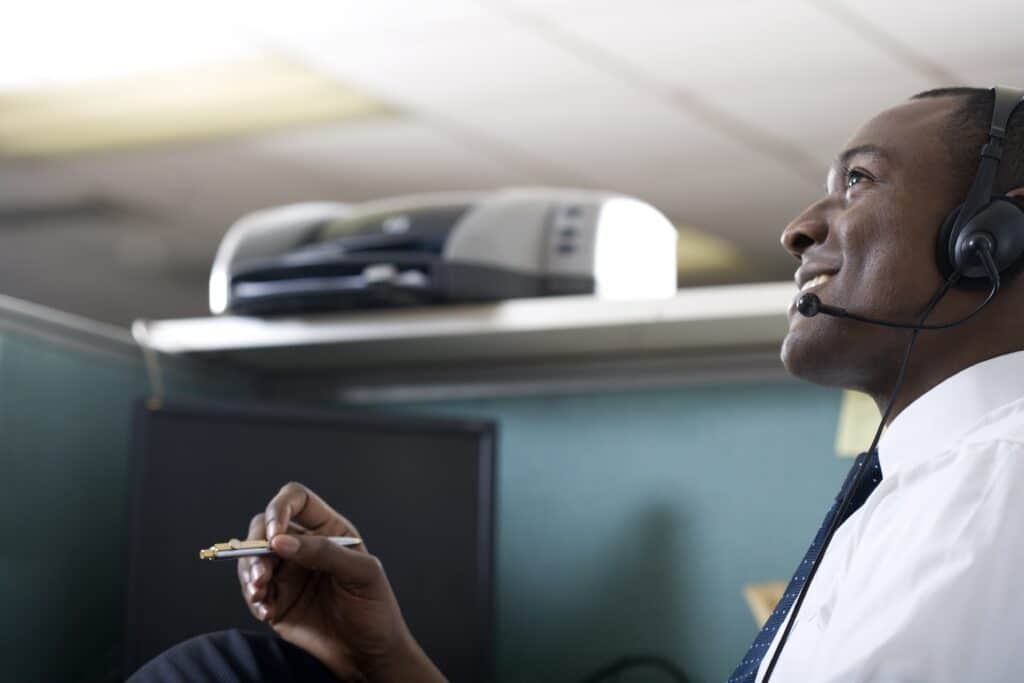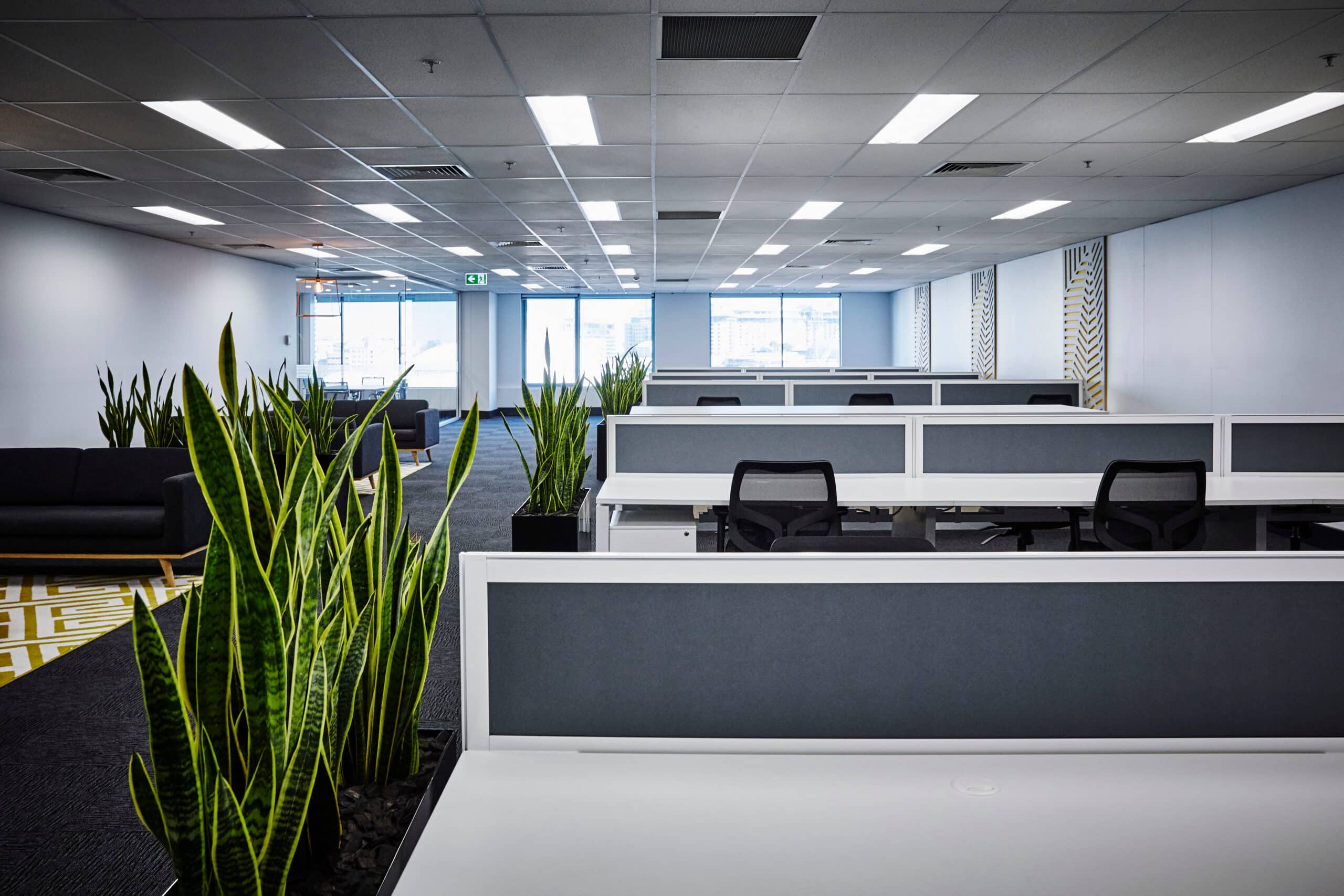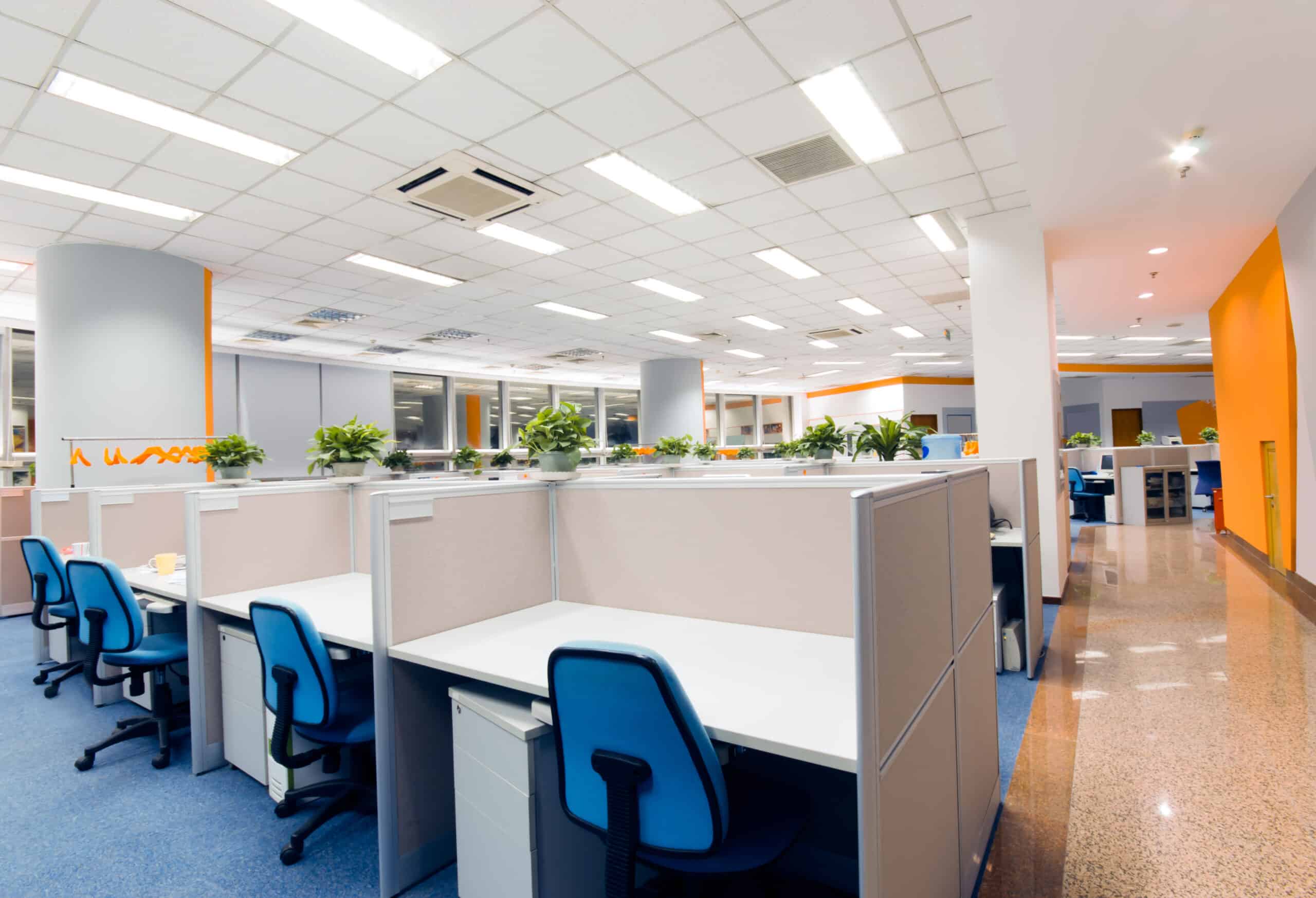Today, millennials make up more than one-third of working adults. By 2025, they will make up three-quarters of the workforce. If you aren’t prepared to appeal to what could be the most studied generation in history, you could face serious talent acquisition challenges as this massive generation of workers takes center stage. After all, it will likely be impossible to fill all of your open positions from only 25% of the available labor pool.
What Makes Millennials Great?
Enthusiasm and innovation are some of the most sought-after traits in an employee, and millennials have both in abundance. Where an experienced employee might resist change and disruption, millennials often question the status quo and seek out new approaches to improve your business. If you want to appeal to a group that prioritizes job satisfaction over salary, it might be time to take a look at how your company looks to someone from this energetic generation.
Innovative Design Trends Driven by Millennials
Sure, millennials want more flexible work shifts, the option to work from home and a host of other things, but they also want changes to their workspace. The old, standard, one desk/one employee model is one of the first things to go out the window when looking at office design for millennials. After all, do you even need assigned desks in an era where documents are digital and technology is easily portable? For many companies, the answer turns out to be no. Some of the biggest trends in office space specifically designed to appeal to millennials include:
- Open plan offices
- Flexible space that combines work and recreation
- Purpose-built furniture and design
Avoiding Traditional Cubicles
Millennials want a sense of community and a tangible expression of the corporate culture from their workspace. Sometimes, that involves getting rid of the walls between workers to create a more communal workplace. (Converting cubicles into open workspace can sometimes be done fairly inexpensively.) Use more glass in office construction to prevent a sense of isolation and bring light into your offices. Communal spaces and relaxation areas that promote collaboration show millennials that you value your work community as much as they do.
Flexible Shifts Means Flexible Space
An employee who comes in a little late and takes a long lunch break might want to work later in the evening. With more flexibility on scheduling comes more flexibility during “working hours.” Millennials want their work judged by production, not time invested. If a millennial-aged employee steps away from their desk to grab some downtime, show them that it’s okay by bringing the rec room into the office. A game system or foosball table is a loud announcement that you trust them to get the work done.
It’s All About Designing With Purpose
Traditional office design would have you creating spaces for individual employees. In today’s wireless office space, you don’t need to tether employees to a specific spot. Instead, you can offer comfy lounge space for times when a worker will be using a laptop for hours. Small meeting spaces encourage teamwork and collaboration on projects. Design spaces for specific types of work, not specific job titles. Sure, you do still want to have traditional, enclosed workspaces designed for tasks that require intense concentration, but you also want open spaces that promote collaboration and community.
Revolutionize Your Office Design and Workflow
When you design your office space with millennials in mind, you also take a good long look at how work flows through your organization. By opening up office space and moving toward purpose-built design, you create new workflows that help make the most of your millennial employees.






